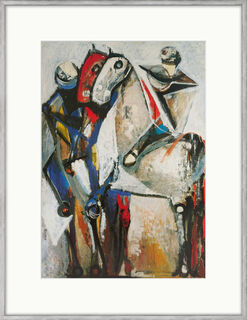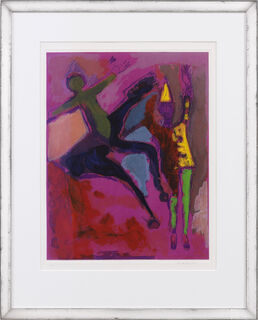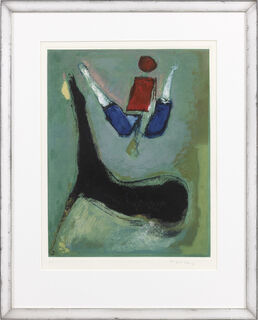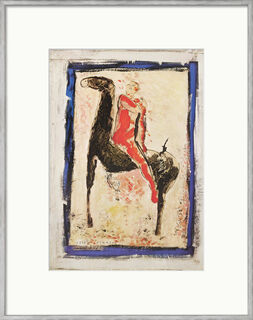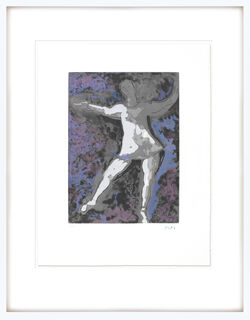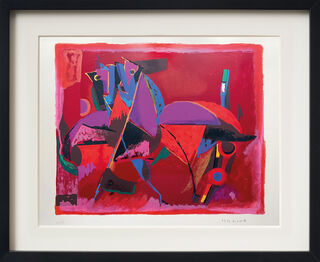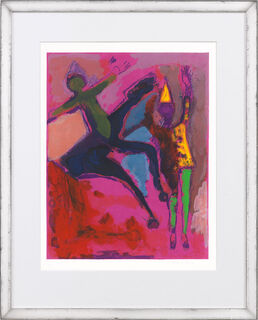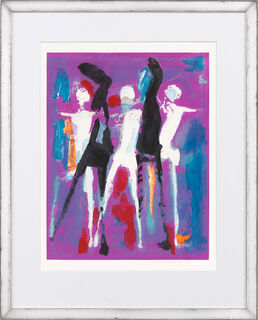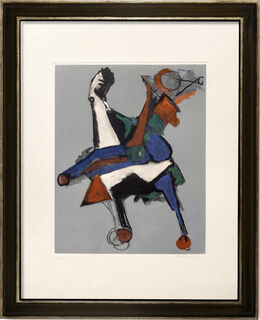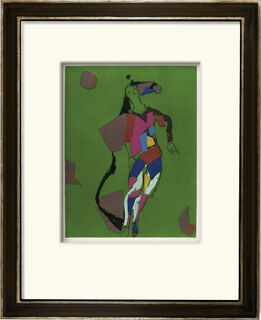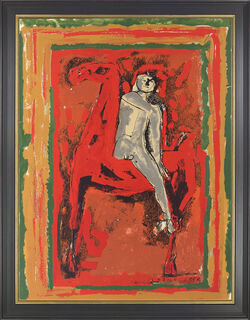Marino Marini
1901-1980
The subject "horse and rider" appears repeatedly in the oeuvre of Marino Marini, who was one of the most important sculptors of Classical Modernism. The artist justified his choice of motifs by the fact that his studio in Monza, where he lived in the 1930s, was located next to a horse stable.
Whereas the studies he made in the 1930s were realistic and anatomical drawings, his sculptures and colour-intensive lithographs produced in the 1960s/70s were subject to his ever-increasing pessimism. "My equestrian statues express the torment caused by the events of this century. The restlessness of my horse grows with each new work, the rider appears increasingly worn out, he has lost his dominance over the beast and the catastrophes to which he succumbs are similar to those which destroyed Sodom and Pompeii." This also explains why the Italian artist's formal style is characterised by a tension between abstraction and figuration.
He began studying at the Academy of Fine Arts in Florence at the age of 16. When he was 28 years old, he succeeded as a professor of sculpture at the Scuola d’Arte di Villa Reale in Monza. In 1932, his great success began with his participation in the Venice Biennale. At the end of the 1940s, he achieved his international breakthrough with his famous equestrian figures.
His best-known work is probably a figure riding a horse on the terrace of the Peggy Guggenheim Collection in the Palazzo Venier dei Leoni directly along the Grand Canal in Venice. A famous story is how the former owner, Peggy Guggenheim, asked the artist to put mounting equipment on the riding figure so that it could be removed on holidays when the nuns of St. Maria della Salute passed by the palazzo in their boat.
He received many awards for his work, including the prize at the 1936 Rome Quadrennial and the Grand Prize for Sculpture at the 1952 Venice Biennale. His extensive graphic work is also represented in the world's major museums. The Marino Marini Museum, opened in Milan in 1973, pays tribute to his great life's work.

